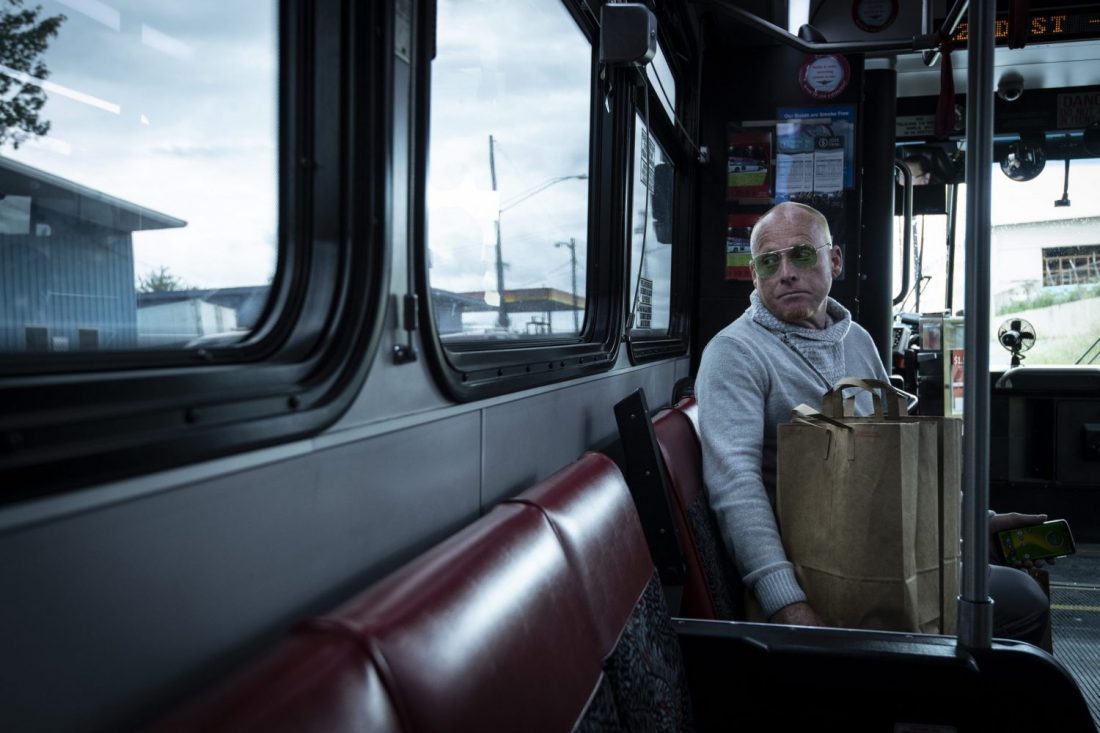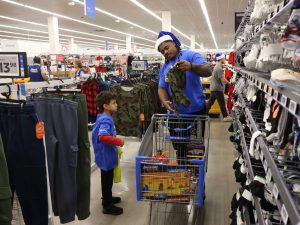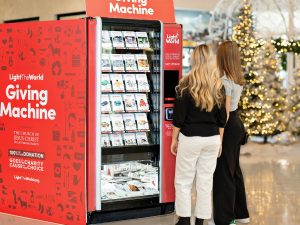Since the start of the pandemic, a slew of public and private endeavors have aimed to stave off the worst societal impacts of COVID-19, a spike in homelessness being chief among them.
As the nation now eyes recovery, with job openings at record highs and more than $46 billion in rental assistance aid available through the U.S. Treasury, the original moratorium on evictions enacted by the Center for Disease Control and Prevention (CDC) in September 2020 was extended through June 30.
Once lifted, some 6 million renters will owe almost $20 billion in overdue rent, placing them in a vulnerable position, especially for households with low incomes or that may be juggling student loans or medical bills on top of their back rent.
“Each family assisted with the exception of one case was either facing eviction immediately, or upon lifting of the moratorium,” said Melody Moshkowski, Cascade Divisional Social Services Director, about the reality on the frontlines.
And then there are the fees.
According to Jeannette Aird, Southwest Divisional Director of Disaster Services, there is no fee cap for landlords, so they can continue to place fees on a tenant for non-payment.
“For example, a family has a loss of income and is unable to pay their rent for three months, the landlord then charges $50 a day for non-payment. That becomes $50 times 30 days for 3 months, equaling $4,500,” Aird said. “That does not include the rental payment of $1,200 a month, which means this family owes $8,100 to avoid eviction. If the family is evicted, they then have a court judgement on their credit report, which then means they will not be able to find a home elsewhere and will become homeless.”
According to Ragan Kontes, Sacramento Business Administrator, most individuals looking for eviction prevention assistance are in two categories: trying to meet the 25 percent minimum payment to avoid eviction or trying to meet back rent that has spiraled out of control while they were unemployed, ill with COVID, caring for a family member that was ill, or out of work because they are home caring for children that aren’t physically in school.
“Clients have expressed tremendous gratitude for the aid that is available toward rent and utility bills,” Kontes said. “It gives them a glimmer of hope that they’ll pull through this with the help and support of family and community.”
For more than a year, The Salvation Army in the western United States has been able to leverage public and private resources to help thousands of people avoid displacement and experience the tangible love of God. Approaches ranged from repurposing hotels to allow unsheltered individuals to safely quarantine, setting up vaccination clinics for those who might not otherwise have signed up and distributing millions of dollars in relief funds for rent and utility payments.
The Intermountain Division—spanning Colorado, Wyoming, Utah and eastern Montana—alone distributed over $3 million in rent and utility assistance to almost 10,000 people between November 2020 and May 2021, roughly $1 million of which was government funding specifically for COVID-19 relief. Meanwhile, several other divisions tapped into a significant national source of private funding for eviction prevention around the same time frame, through which roughly 340 households encompassing some 1,200 people were assisted, most of whom (78 percent) had incomes below 30 percent of the state median income.
Having access to a range of funding options at times allowed The Salvation Army to step in and cover expenses that other service providers weren’t able to.
“We have a lot of money in town to assist with rental, but not a lot for utilities,” said Captain Denice Delgado, Associate Anchorage Social Services Director. “People are made to fill out an application, which gives you a lottery number, then they must wait for no guarantee. We were able to help the ones facing eviction in real time and those that fell in the cracks by other providers.”
Responding to the pandemic also presented opportunities for new community partnerships, including a referral relationship established between a Head Start Academy and a local corps in the Cascade Division, as well as a connection between a school counselor and a corps in Arizona. Aird said such collaborations have allowed us to “work together to determine the families in most need.”
Of course, each family assisted has its own story of how COVID-19 disrupted their routine and threatened to completely upend their world until they encountered The Salvation Army.
One woman had been seeking new employment after her husband was furloughed due to COVID in March 2020. She found new employment in November 2020 with a virtual call center, but due to pandemic-related economic effects, her start date was pushed to the end of January 2021.
“The client was assisted with one-month rental assistance, which prevented the family of three from being evicted,” Aird said. “In this time of uncertainty, the client told her case manager she was relieved to still have running hot water, a roof over their heads, and heat while preparing for her new job.”
In another case, The Salvation Army helped an elderly gentleman in Montana who was hospitalized for over a month due to COVID.
“He got behind in his rent payments because he was out of work, and he was about to lose his apartment. He requested assistance for January so he could get caught up and then he ‘would worry about February when February rolls around’” said Susan Tiffany, Northwest Divisional Social Services Director, noting The Salvation Army assisted him with January and February. “The case manager shared with me that the client burst into tears because he was so overwhelmed and so joyful. The client stated, ‘You have no idea what this means to me. I’d be homeless without your assistance. This is saving my life. I love The Salvation Army, and I am so grateful for the help.’”
Do Good:
- See how The Salvation Army fights homelessness.
- On any given night in America, more than 550,000 people are homeless. We know the stats. But what is it really like to be homeless? Listen to this episode of the Do Gooders Podcast as Chris Christian shares his own experience from lawyer to living on the streets to the doors of The Salvation Army. He now works as the part-time janitor for The Salvation Army in Santa Barbara and helps lead the street outreach team, or what he says is the best job he’s ever had.
- You’ve probably seen the red kettles and thrift stores, and while we’re rightfully well known for both…The Salvation Army is so much more than red kettles and thrift stores. So who are we? What do we do? Where? Right this way for Salvation Army 101.












